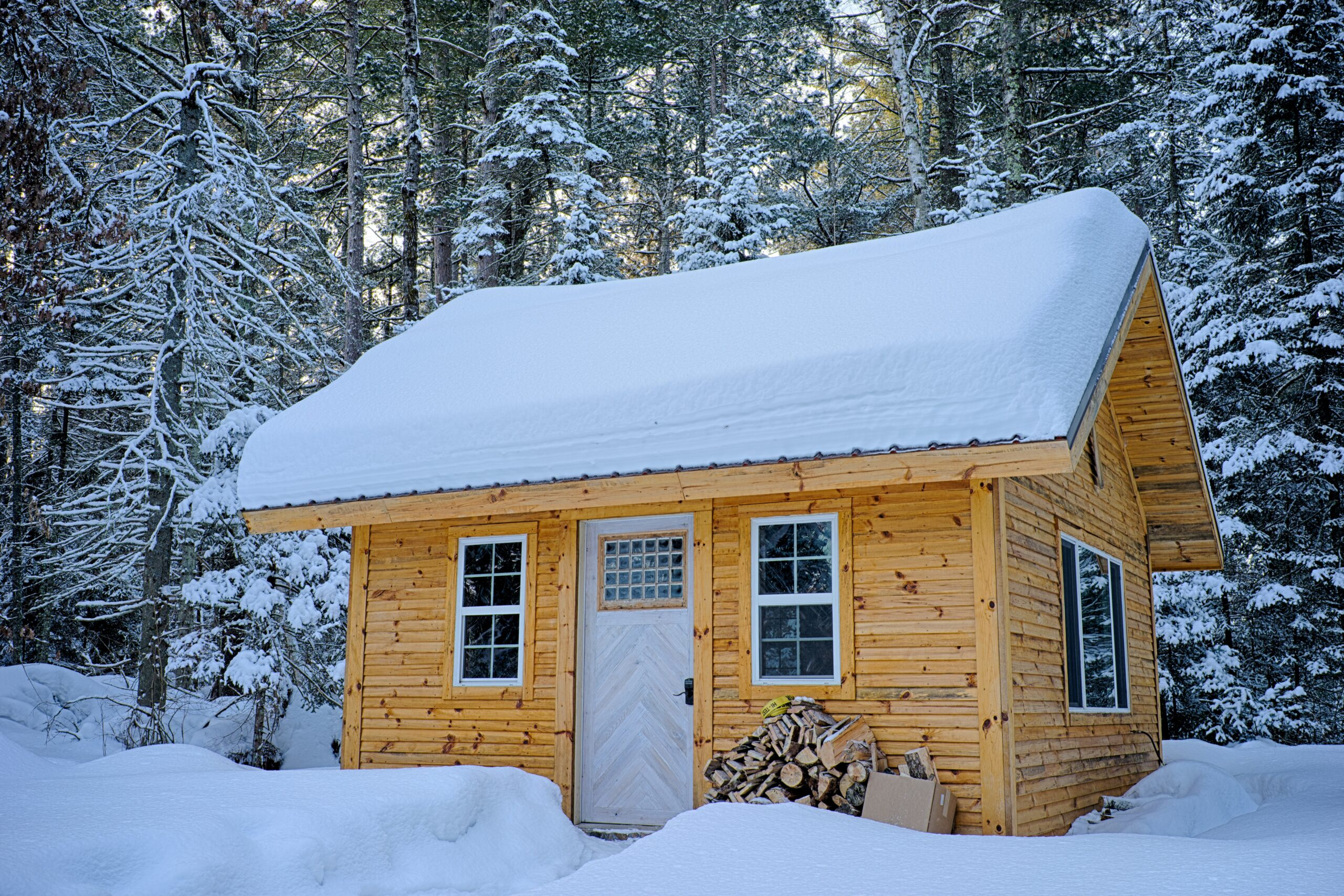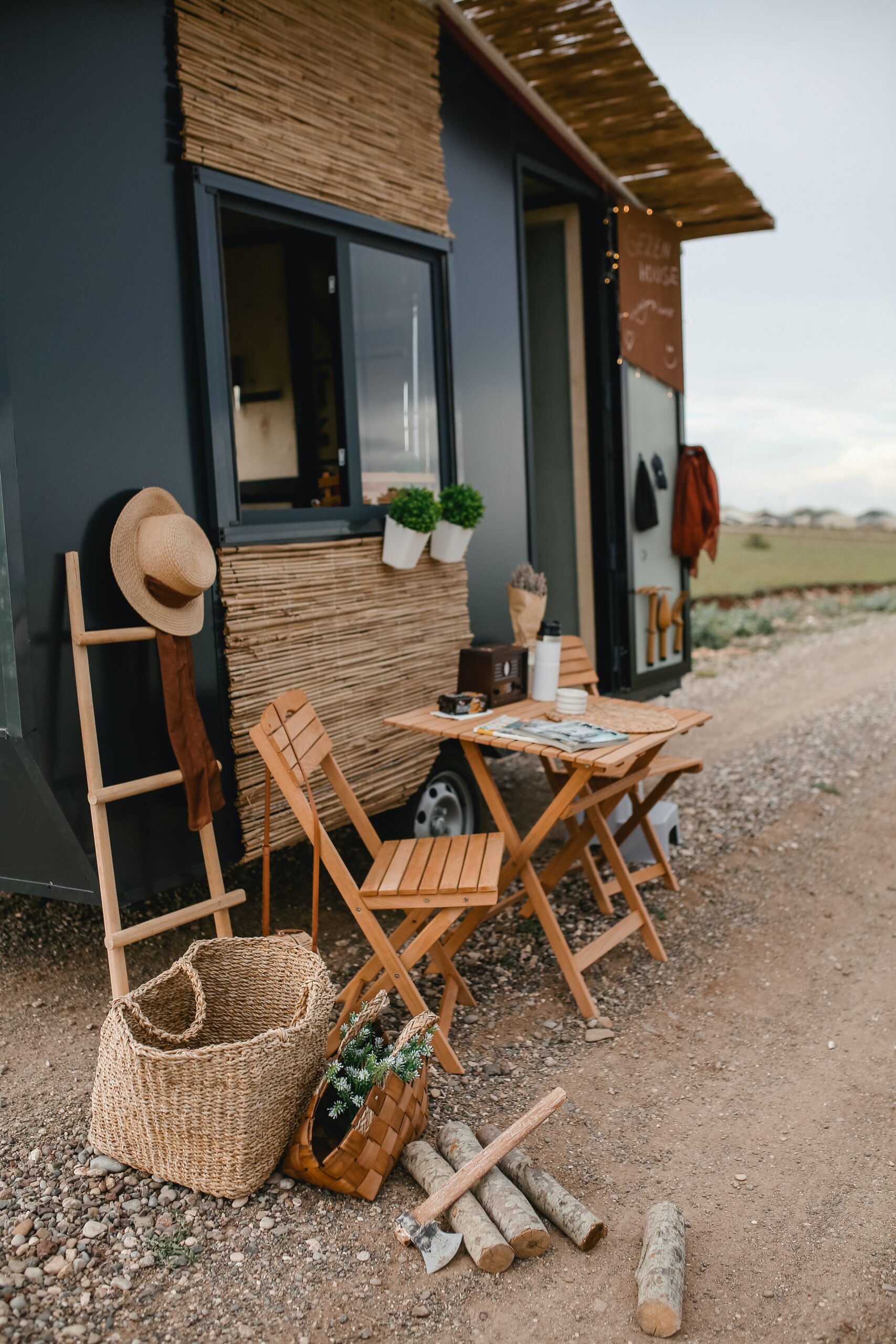Remember that when building a tiny house there is more to consider than just the price, charm, and Instagram-worthiness. Small homeowners must also be particularly cognizant of their new space restrictions because the majority of tiny houses are fewer than 400 square feet in size. Owners will undoubtedly need to use their imagination to fit storage, appliances, and furnishings into their new, compact homes. Owning a little house is wonderful in and of itself, right?
Be sure to carefully evaluate the size and weight of any items moving inside the house if you are considering a tiny house relocation. Be mindful to evaluate your individual needs before buying furniture and appliances. For instance, if you do not cook much, skip the big oven and use the extra space for additional counter space. Do you feel up to the task of furnishing a modest house? Check out the list of necessities for any tiny home, which is provided below.
1. Composting toilet
Speaking of determining your needs, a toilet is a need when constructing a compact dwelling. Unfortunately, many, if not all, owners of small houses are unable to park their properties in areas that provide complete hookup service to a sewer connection or convenient disposal. In reality, this service is not even provided by many RV parks. That implies it is probably not a good idea to install a flush toilet in your compact home. Installing a composting toilet is the alternative answer to this issue. These toilets are often waterless, favorable to the environment, and simple to use. Costs for composting toilets range from $500 to more than $1,500.
2. Hooks
There will not be much room for storage on the floor, in the closet, on the surface, or anywhere else for that matter, in a little house. Hooks will thus become your best friend as soon as you move into one of these gorgeous houses. They may be used to hang everything from clothing to umbrellas to pots, cookware, sports gear, mugs, shoes, and the list goes on. It is advised that you spend money on strong, durable hooks and get a professional to install them all over your new living area, loft, kitchen, and cupboards. You will not be sorry.
3. Washer and dryer combo
You will need to think about getting a washer and dryer for your little abode unless you are planning on making weekly trips to the laundry. To put it mildly, it can be difficult to find space for a washer and dryer in a little house. Many tiny homeowners choose to simply buy a washer to solve this space issue, using a straightforward, environmentally friendly drying rack to dry clothes inside or outside the house. A washer/dryer combination is an additional popular choice. These space-saving washer/dryer combination units are an excellent 2-in-1 option. Usually, they go from $600 to well over $2,000 in price.
4. Shelving
Small homes have limited space. That is why you must begin constructing upwards when you run out of horizontal space. One of the greatest ways to achieve this is to include shelving in every nook and crevice of your new home. Installing shelves beneath stairways, within individual stairs, in the kitchen, along walls, inside a breakfast bar, and above toilets are a few shelf storage alternatives for a little house. Ingenious methods to include bookshelves in your home should be possible for a skilled tiny house designer and builder.
5. Stovetops and ovens
When designing a tiny house kitchen, homeowners have several options to choose from. If you cook often, it is recommended to opt for propane gas and install a high-quality stovetop with two to four burners and an attached oven. You will need to find the right size stovetop for your kitchen. If counter space is a concern, then it is recommended to opt for two burners max on your stovetop. For those who cook less often or hardly at all, it is recommended to look into a portable induction cooktop, “which can be stored in a cabinet or under a counter when not in use.”
6. Futon or pull-out couch
There probably will not be space inside for a guest room or guest bed unless you are creating a “large” small house. However, having a second sleeping room available is usually a smart idea. After all, you never know when a friend or member of your family will require somewhere to stay. It is advised to spend money on a high-quality futon with dual use to achieve this. The futon should be cozy enough for relaxing while still being compact enough to fit in your space when folded up and down. Do not like futons? Instead, think about getting a loveseat or sleeper sofa. These will probably be more comfy even if they could take up more space than a futon.
7. Compact refrigerator
Owners of tiny homes are spoiled for choice when it comes to refrigerators. The size and layout of your small house will determine which refrigerator is ideal for you. Choosing the refrigerator before constructing your tiny dream home is highly advised. In this manner, you may arrange where to put the fridge in advance. Many tiny homeowners choose a smaller fridge that fits comfortably below the kitchen counter area due to space restrictions. It will probably be necessary to incorporate larger or full-size refrigerators into the wall or beneath the steps.
8. Folding Table
When not in use, this fits easily into our underpass storage and offers plenty of space for crafts, homeschooling, or outdoor dinner parties. When living small, everything must have several purposes.
9. Metal Hanging Baskets
These metal hanging baskets are both utilitarian and beautiful. You can use them for the kids’ books, and it is utilized in the bathroom like a boss. Have one next to the bathroom sink for the feminine goods and one next to the hairdryer, mirror, brushes, and hair accessories. This frees up vital space within cupboards and on shelves by allowing small objects to be put on the wall and keeping them orderly.
10. Shower Hanging Rack
This used to hang in our stand-up shower when we had a 2000-square-foot home. Now, hang it over the RV shower wall with a simple S hook and it allows us to store shampoo, soap, razors, washcloths, etc. without taking up valuable space in our tiny shower stall.
Summing up!
Space constraints and personal demands must be carefully taken into account while designing and constructing a tiny house. Owners of tiny houses must be resourceful in utilizing storage, appliances, and furniture despite the allure of their attractiveness and cost. When moving into a tiny home, it’s important to prioritize requirements and consider the size and weight of each item. When taking into account these factors, owning a tiny home may be a delightful experience.

